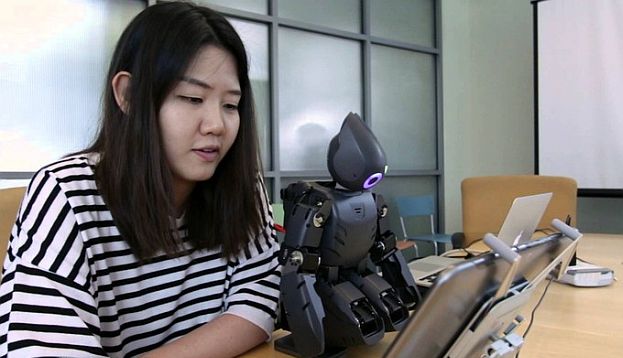It’s pretty common these days to see developers doing savvy things with robotics. However, when it comes to the researchers at Georgia Tech, they are going the extra mile by letting kids take part in the fun.
The team of researchers is working closely with a group of youths to help educate robots on how to play Rovio’s Angry Birds games. As a result, the kids will be able to regain muscle movement and control through the project.
As the kids play the games, small two-legged robots watch them as they defeat the evil Piggies and move on to each successive stage. The robot keeps a close watch over the score, and then recreates the child’s actions for similar results.
However, it’s not just an example of mimicry. The robot actually learns when it makes mistakes, and then corrects itself during future play sessions. And by succeeding, it actually performs a little victory dance.
Project leader Ayanna Howard, a professor with the School of Electrical and Computer Engineering, believes that this project is a great way for kids to learn about turn-taking, as well as muscle control and other skills, while at the same time remaining entertained with the whole process.
“The robot is able to learn by watching because it knows how interaction with a tablet app is supposed to work,” said Howard.
The project really lends a hand with therapists, who can use the robot to train and help kids cope with certain disabilities, and at the same time interact with them so it’s educated as well. While observing, the robot is capable of making decisions about the game, and playing along with the child.
This could certainly be popular with many game players, especially if you could teach the robot to play Call of Duty exceptionally well. Then all you’d need to do is teach the robot to trash-talk opponents, and you’d have a perfect companion. All kidding aside, the possibilities for rehabilition and therapy are tremendous, and it’s a technique that would really motivate kids. It’s a great little project, as you can see in the video below.

